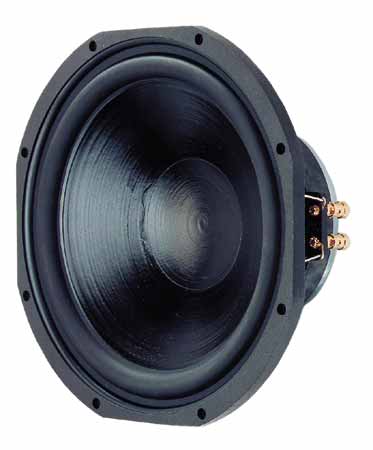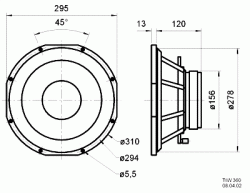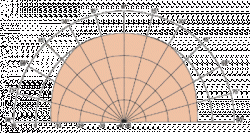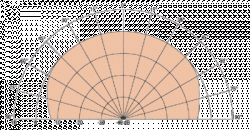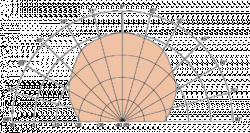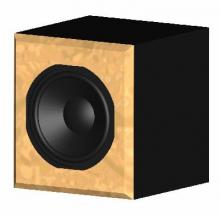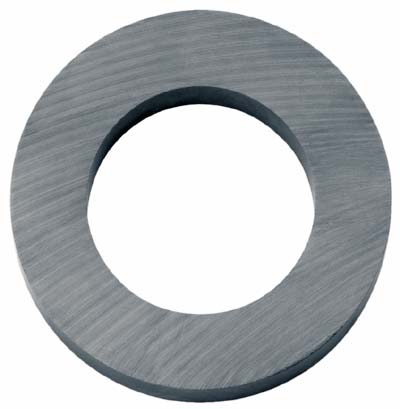Art. No.
-
30 cm (12") High-End woofer with a particularly low resonance frequency. Double cellulose cone, large-scale magnet arrangement and a heavy die-cast aluminium basket. Excellent power-handling capabilities with minimum mechanical power loss due to the 60 mm voice coil mounted on a capton coil carrier, the pressure vented pole piece and the rear-vented damper. Particularly suitable for closed cabinets and transmission line applications.
No longer available
Technical Data
Sketch
Amplitude & Impedance Frequency
Directivity pattern
| Rated power | 300 Watt |
|---|---|
| Maximum power | 600 Watt |
| Nominal impedance Z | 8 Ohm |
| Frequency response | fu - 4000 Hz |
| (fu: Lower cut-off frequency depending on cabinet) | . |
| Mean sound pressure level | 86 dB (1W/1m) |
| Excursion limit | 24 mm |
| Resonance frequency fs | 21 Hz |
| Magnetic induction | 1.06 Tesla |
| Magnetic flux | 2000 µ Weber |
| Height of front pole-plate | 10 mm |
| Voice coil diameter | 6 cm |
| Height of winding | 2.5 cm |
| Cutout diameter | 27.9 cm |
| Net weight | 6 kg |
| D.C. resistance Rdc | 5.8 Ohm |
| Mechanical Q factor Qms | 3.68 |
| Electrical Q factor Qes | 0.37 |
| Total Q factor Qts | 0.34 |
| Equivalent volume Vas | 140 l |
| Effective piston area Sd | 450 cm2 |
| Dynamically moved mass Mms | 116 g |
| Force factor Bxl | 15.89 T · m |
| Inductance of the voice coil L | 2.6 mH |
